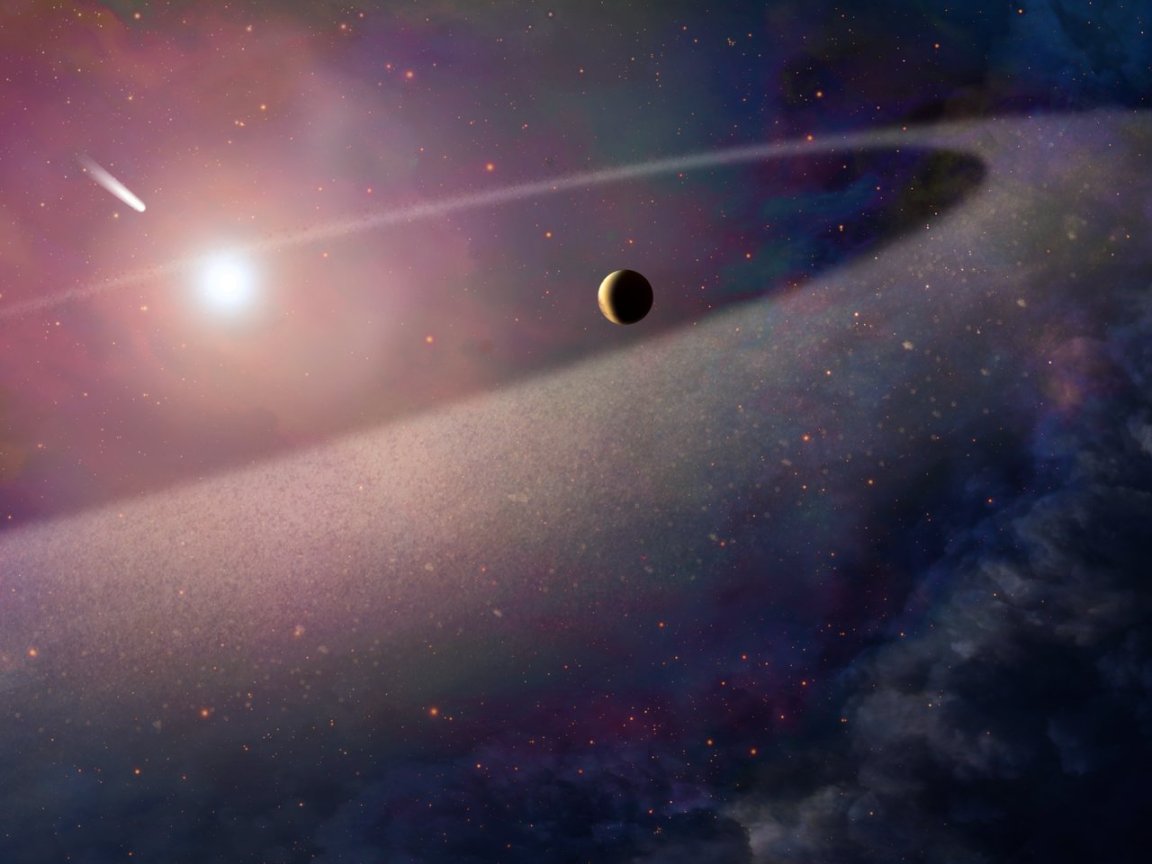
Celestial Warping
According to Einstein’s general relativity theory, spacetime bends or gets distorted when it crosses a massive object due to its gravity. In the same manner, Einstein theorized that such a distortion also happens to light from a distant star when it passes another star along a line of sight from Earth — like a near stellar eclipse, so to speak. In this case, gravity should act as a magnifying lens by brightening and bending the light from the distant star, warping its apparent position.
Einstein, however, wasn’t particularly confident about ever seeing such this gravitational deflection of starlight. In an article published in Science in 1936, he said that because stars are so distant from one another “there is no hope of observing this phenomenon directly.” An international team of researchers, however, have just proven Einstein wrong — but also right — by seeing a type of gravitational microlensing from a star other than the Sun.

The team, led by Kailash Sahu from the Space Telescope Science Institute, reported their findings in a new study published in the same journal. “Einstein would be proud,” Terry Oswalt said in an interview with Wired. “One of his key predictions has passed a very rigorous observational test.”
Confirming General Relativity
Sahu’s team used the Hubble Space Telescope with its superior angular resolution to measure the shifts in a distant background star’s apparent position around a nearby white dwarf star called Stein 2051 B as its light was deflected. The observations were made on eight dates in a two year period, between October 2013 and October 2015.
In the same way that a 1919 total solar eclipse provided the first observations of starlight curving and gave the initial convincing proofs of Einstein’s general theory of relativity, the new study confirms it anew. It also gave Sahu’s team a way to measure the mass of the foreground white dwarf star, which was previously unmeasurable.
“The astrometric lensing approach used by Sahu et al. can be used equally well for any other nearby stars that happen to pass in front of background stars,” Oswalt wrote in a perspective article in Science. “In the coming era of truly massive sky surveys such as the Large Synoptic Survey Telescope, astronomers are bound to observe other similar events, despite their rarity.”